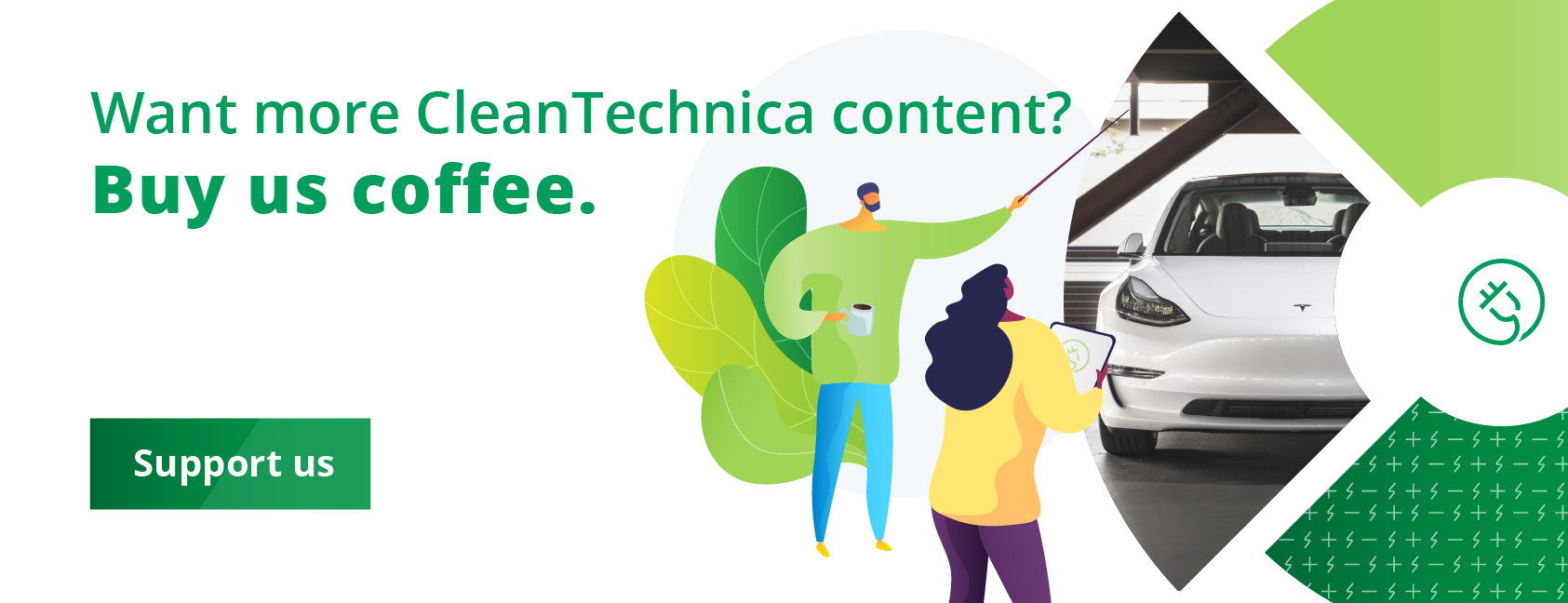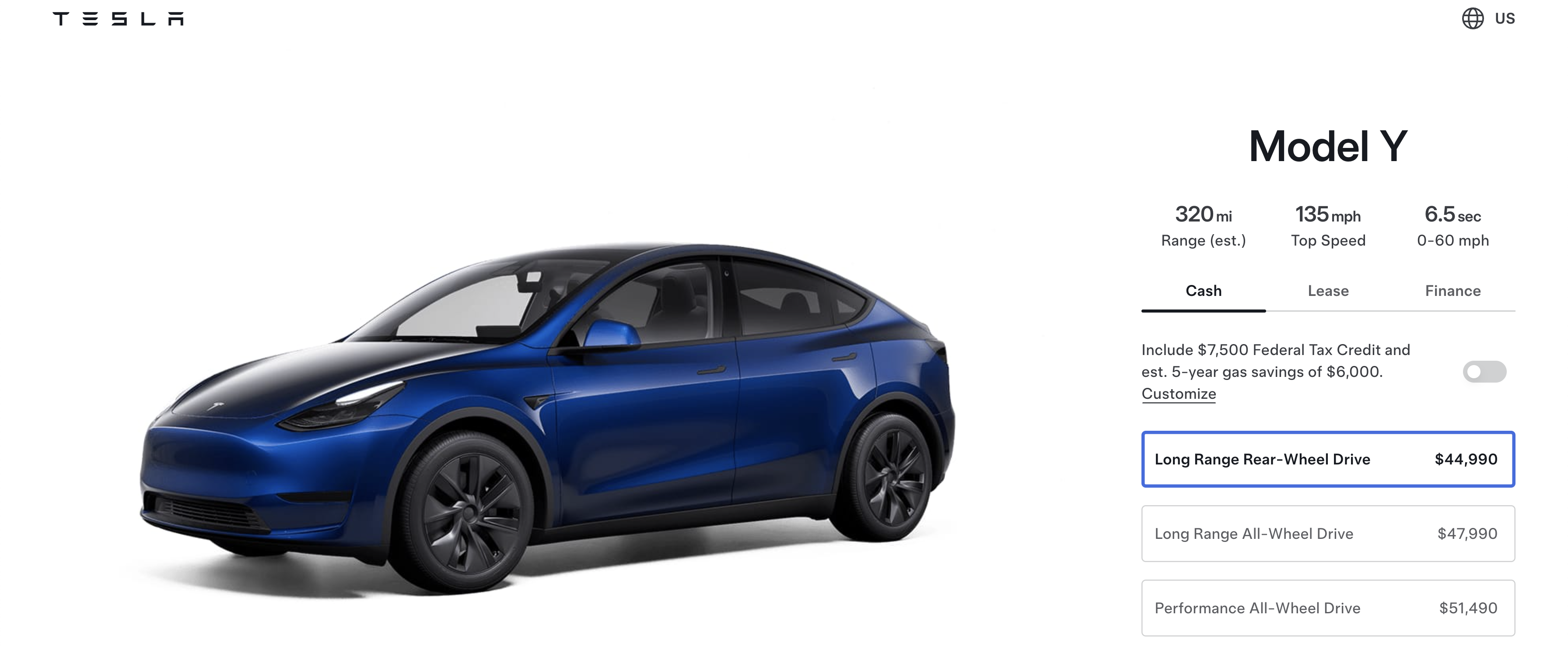
So you want to go electric in your home. You’ve heard the revelations about gas stoves and how their gas affects indoor air quality. You know that the Stanford study found that gas tankless water heaters leak more than twice the amount of methane (CH4) than gas tank types do. You read that residential laundry cycles account for over 8% of carbon emissions in the US. You’re aware that 70 million US homes and businesses burn natural gas, oil, or propane on-site to heat their space and water, generating 560 million tons of carbon dioxide each year — one-tenth of total US emissions.
You’re ready to electrify everything. But where do you begin?
While in theory it’s best to go electric in our homes, the practical transition can be a bit overwhelming. What’s needed? Who do you call? These questions are common, but homeowners need not despair. That’s because more and more city governments are helping their citizens to ease toward green energy.
Residents of Cambridge are Relieved by Getting Access to Green Energy Advice
The city of Cambridge, Massachusetts, has launched a new program to help residents go green. The program, called Electrify Cambridge, is offering free consultations to any resident who wants to explore clean energy, all-electric home upgrades. Cambridge residents can call the Cambridge Energy helpline or visit the program website and schedule a consultation with a specialist. These specialists will help homeowners come up with a customizable plan, compare different technologies, and connect them with a pool of installers.
In the first week of the program alone, over 60 residents scheduled consultations.
The Electrify Cambridge program helps make it a lot easier for residents than when they had to figure it out on their own, for sure. The program exists to “support residents with green, clean, electric home energy upgrades,” according to its website.
“We do get a lot of inquiries from people who are interested in finding a trusted heat pump installer or finding the technology that will work for their water heater,” Nikhil Nadkarni, an energy planner for the city, told the Boston Globe. “We want to be able to respond.”
The city has partnered with 2 Massachusetts-based firms:
- Abode Energy Management, an energy solutions firm that helps homeowners become more climate resilient; and,
- New Ecology, a nonprofit that develops and implements practical, cost-effective ways to reduce energy and water use; improve indoor air quality and occupant health; and, make buildings more durable, resilient, and less costly to maintain.
According to Nadkarni, this program is unique in offering no-cost technical guidance and helping people think about longer term plans about heat pumps, induction stoves, EV chargers, and more.
“In Cambridge, buildings are the source of over 80% of our greenhouse gas emissions,” a statement on their website reads. “These all-electric upgrades can improve indoor air quality, make a home more comfortable, and cut fossil fuel use and greenhouse gas emissions.”
“The city of Cambridge is committed to getting to zero greenhouse gas emissions by 2050 if not earlier,” said Nadkarni. “Creating this program is a really foundational piece of how we get there.”
Other Governments Step Up to Helping Resident Transition to Electric
Cambridge isn’t the only city that’s pushing the Electrify Everything trend.
In May, Vermont’s Legislature enacted the Affordable Heat Act (S.5) to curb greenhouse gas emissions from the state’s homes, offices and industrial buildings, ending a multi-year controversy to suppress the state’s reliance on imported fossil fuels. This act establishes the Clean Heat Standard (CHS) to reduce Vermont’s greenhouse gas (GHG) emissions from the thermal sector. Among other moves, the CHS requires entities that import heating fuel into Vermont to reduce their amount of GHG emissions every year. Under the law, Vermont’s Public Utility Commission — an independent, 3-member organization — will design and implement a credit-based marketplace.
In order to reduce climate pollution and reduce heating costs, Seattle is offering a $2,000 instant rebate when resident switch from heating their homes with oil to heating with an energy-efficient Mitsubishi Electric Heat Pump. So far the city has provided more than 1,000 rebates to help residents convert off from oil heat.T he program provides an instant $1,500 rebate that participating contractors apply to the customer invoice. Households that are income-qualified can receive a no-cost heat pump conversion through the Office of Housing.
The three cities chronicled in this article aren’t alone in their efforts to help their citizens transition to green energy. In fact, approximately 74% of 67 cities examined in the Green Building City Market Brief are implementing incentives for a greener built environment, 61% have enacted green building policies for municipal buildings and 49% are pursuing sustainable community policies. 67% have made a commitment to green building codes, and 73% have green schools policies in place.
Then there’s the Green Bank, which empowers Connecticut families through accessible and affordable green solutions that bring comfort and security. Residents can find incentives for battery storage, use the Green Bank’s flexible financing to reduce costs while increasing energy savings, or learn about going solar. The Green Bank helps local and state governments to provide support for community leaders in outreach to local businesses and community members — especially the most vulnerable — helping them to access green energy and achieve a more prosperous future.

Additionally, the US EPA announced its annual Top Cities list, spotlighting the cities with the greatest number of Energy Star certified commercial and multifamily buildings in 2022. Coming in at first place for the fourth year in a row, Los Angeles leads with nearly 750 Energy Star certified buildings. In second place is Washington, DC, with 555 buildings, followed by Atlanta in third place with 376 buildings. “In many cities, a majority of greenhouse gas emissions results from the energy used by buildings,” said EPA Administrator Michael S. Regan. The EPA also provides a list of current Green Power Communities — the collective green power use and green power percentage of total electricity use.
How cities, states, and the federal government build, design, and power their infrastructure significantly impacts residents’ daily lives and cities’ carbon footprints. The direct help that they can offer citizens, too, makes a big difference in how easily and happily the switch to electric takes place on the local level.
I don’t like paywalls. You don’t like paywalls. Who likes paywalls? Here at CleanTechnica, we implemented a limited paywall for a while, but it always felt wrong — and it was always tough to decide what we should put behind there. In theory, your most exclusive and best content goes behind a paywall. But then fewer people read it! We just don’t like paywalls, and so we’ve decided to ditch ours. Unfortunately, the media business is still a tough, cut-throat business with tiny margins. It’s a never-ending Olympic challenge to stay above water or even perhaps — gasp — grow. So …



